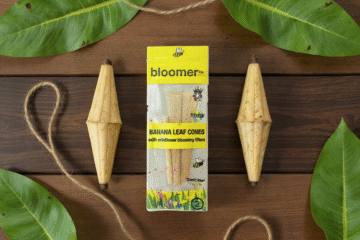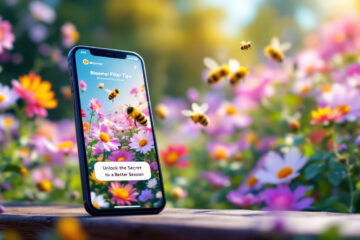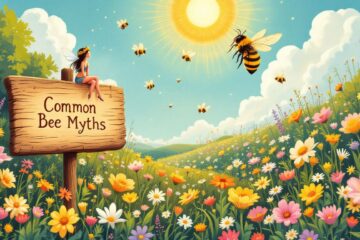
Meet the Sugarbag Bee (Tetragonula carbonaria) Nature’s Tiny Powerhouse!
The sugarbag bee (Tetragonula carbonaria) is a fascinating stingless species native to Australia. Known for their unique spiral-shaped hives, these gentle pollinators play a crucial role in maintaining biodiversity in their ecosystems.
Incredible Pollination Power
Despite their small size (only 4mm long), sugarbag bees are incredibly efficient pollinators. In fact, a single sugarbag bee can visit up to 1,000 flowers in a single day! This remarkable ability makes them essential contributors to Australia’s diverse flora.
Role in Ecosystem Health
Sugarbag bees play a vital role in maintaining ecosystem health in Australia. As efficient pollinators, they:
- Contribute to plant biodiversity by pollinating a wide variety of native flora
- Support food webs by helping produce fruits and seeds for wildlife
- Assist in the reproduction of rare or endangered plant species (Such as the orchid species)
- Enhance genetic diversity in plant populations through cross-pollination
Their small size allows them to access flowers that larger pollinators might miss, further contributing to the overall health and diversity of Australian ecosystems.
Unique Characteristics
- Size: Approximately 4mm long
- Habitat: Native to Australia
- Hive Structure: Distinctive spiral-shaped hives
- Pollination Capacity: Can visit up to 1,000 flowers daily
To see various images of the sugarbag bee, check out this Google Images search.
Supporting Pollinators with Bloomer™
You can play a part in supporting pollinators like the sugarbag bee. Bloomer™ filter tips offer an innovative way to contribute to bee conservation. Each tip contains wildflower seeds that, when planted, provide essential food sources for various bee species.
By supporting pollinators like the sugarbag bee, you’re not just helping these tiny creatures – you’re contributing to the health and biodiversity of entire ecosystems. Healthy pollinator populations ensure the reproduction of plants, which in turn support countless other species.
How You Can Help:
- Use Bloomer™ filter tips
- Simply toss the tips when done
- Create a bee-friendly garden
- Learn More in our Blogs
- Get Connected
Help support pollinators like the sugarbag bee by using Bloomer™ filter tips. Each tip contains wildflower seeds that, when planted, provide essential food sources for various bee species.
To learn more about Bloomer™ products and how you can support pollinators, click here and use code AMBASSADORBLOOMER for a special discount!




1 Comment
The Truth About Bees: Debunking 5 Common Myths About Bees - Ambassador Bloomer · December 7, 2024 at 10:08 am
[…] bee species are actually stingless. The sugarbag bee (Tetragonula carbonaria), found in Australia, is a prime example of a stingless species, known for its unique spiral-shaped […]